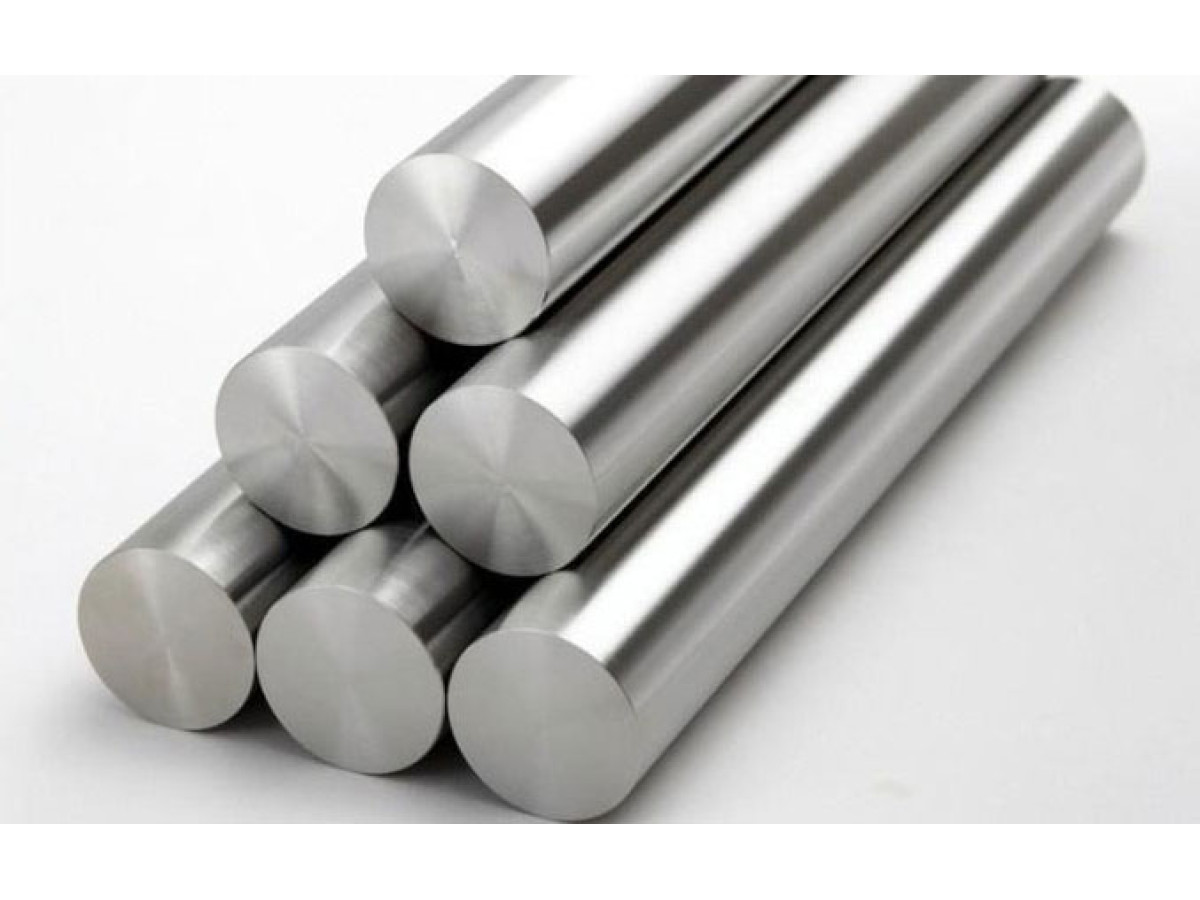Steel tool circle is a special metal rod that is characterized by high strength, wear resistance and versatility of use. It is widely used in tool production, mechanical engineering, construction and other industries where high-precision parts and reliable elements are needed.
Types of steel tool circle
Depending on the specific requirements and operating conditions, tool steel wheels may have different characteristics and properties. Below are the main types of steel tool wheels:
- Tool grade steel wheel: This type of steel wheel has improved mechanical properties and a chemical composition that provides high strength, hardness and wear resistance. It is widely used for the manufacture of tools, plates, molds and other parts operating under high load conditions.
- Cold Heading Wheel (D-Round): This type of steel wheel is used to make parts that are cold headed (e.g., pencil cases, fasteners). It has good machinability, high ductility and allows you to produce parts with high dimensional and shape accuracy.
- Steel circle for hot heading (W-circle): This type of steel circle is intended for the production of parts that are subject to hot heading (for example, elements of architectural structures, parts for mechanical engineering). It has high strength, resistance to high temperatures and good ability to plastic deformation.
- Steel Wheel for Cutting Tools: This type of steel wheel is specially designed for making cutting tools (knives, drills, milling cutters, etc.). It is characterized by high hardness, wear resistance and the ability to maintain a sharp cutting edge when working with various materials.
Each of the listed types of steel tool wheels has its own characteristics and is used depending on the specific production requirements and characteristics of the final product.
How to choose a suitable steel tool wheel?
Choosing the right steel tool wheel depends on several key factors that are important to consider:
- Type of material the tool will work with: Different materials require different steel properties. For example, soft materials can use steel with lower hardness, while hard materials require steel with high hardness and wear resistance.
- Strength and Wear Resistance Requirements: If your tool is subject to high stress, you will need a steel with high strength and wear resistance. For lighter tasks, you can choose steel with lower strength characteristics.
- Machining and Forming Characteristics: It is important to consider how the tool is processed and formed. For example, parts that require hot heading require steel that can withstand high temperatures.
- Material Cost and Availability: Some types of steel wheel may be more expensive or rare, so it is worth considering cost and material availability when choosing.
- Specifications and Standards: Ensure that the steel wheel selected meets the required specifications and standards for the specific job.
When choosing a steel tool wheel, it is important to contact specialists, production coordinators or materials scientists to take into account all the features and needs of a particular project or production.
Conclusion
Steel tool wheels play a key role in the production of tools, precision parts, molds and fixtures. Its importance lies in the fact that it is the main material for creating tools that can withstand high loads, ensure precision and durability in the process. Thanks to the properties of steel, such as strength, hardness, resistance to wear and processing, tool wheels allow the production of high-quality products that are resistant to deformation and abrasion. Without the use of quality tool steel, creating complex and precise tools and parts would be difficult. Thus, the steel tool circle is an integral component of many industries, providing high productivity, reliability and quality of products!

